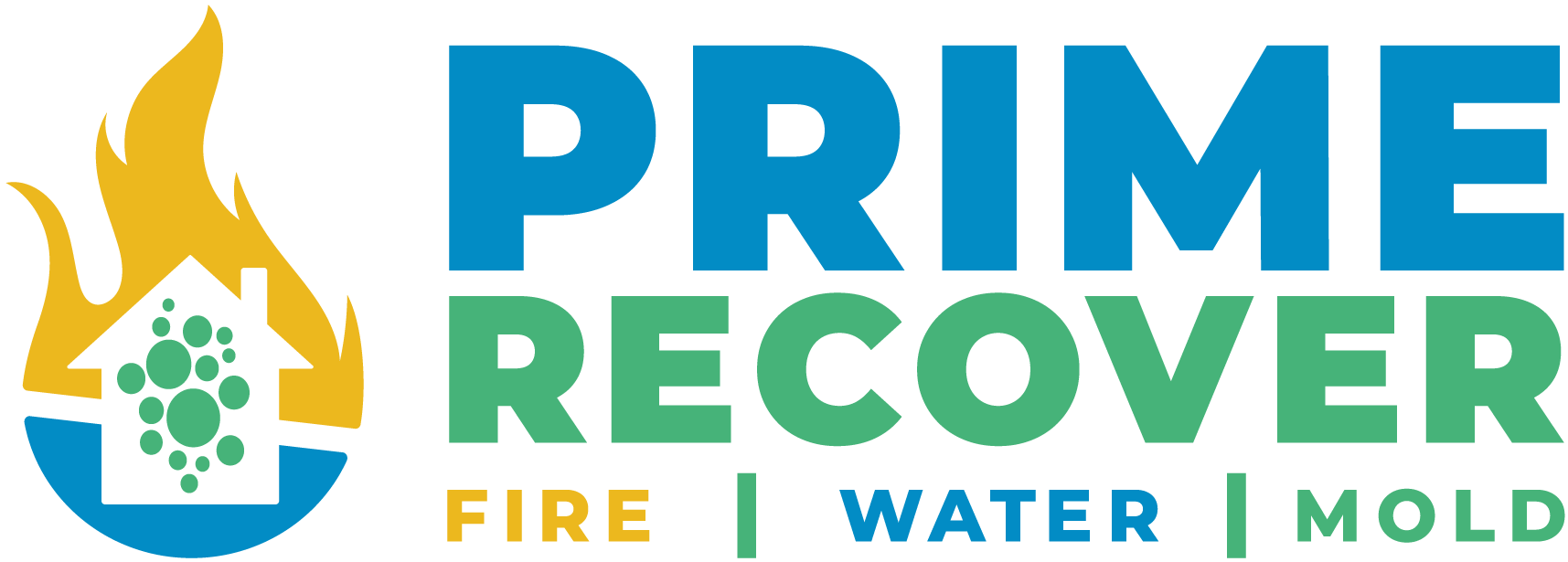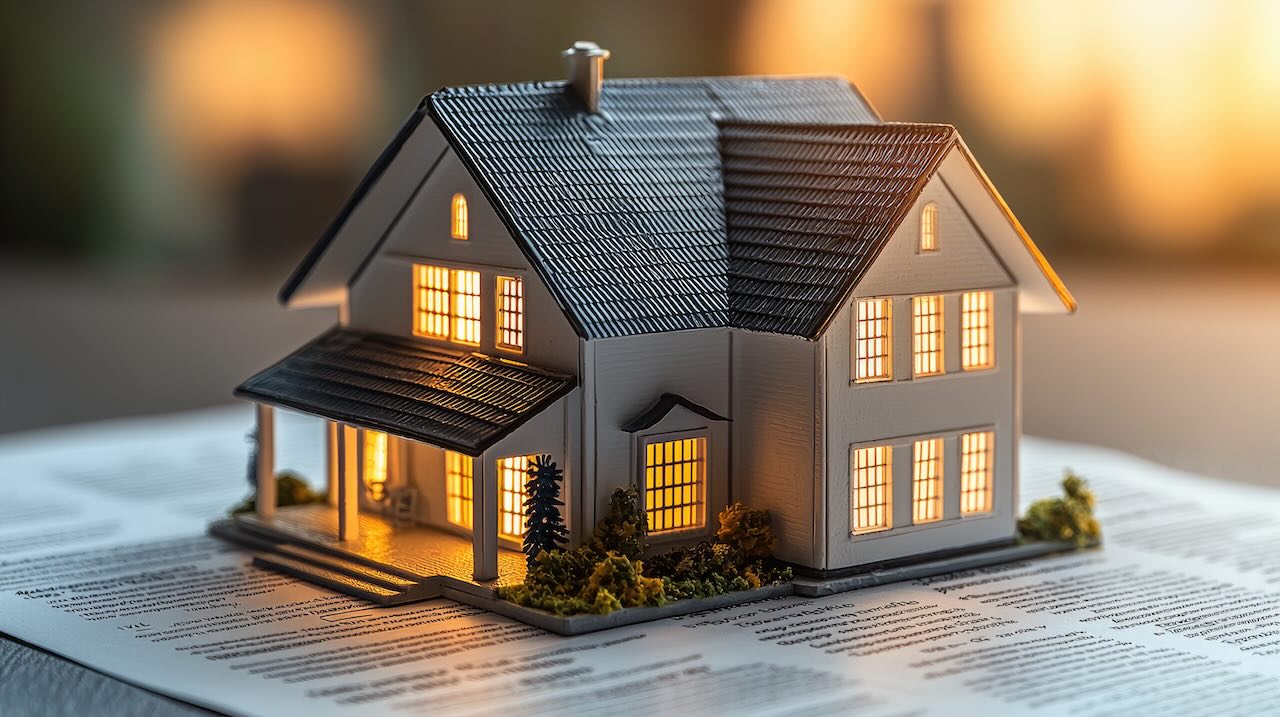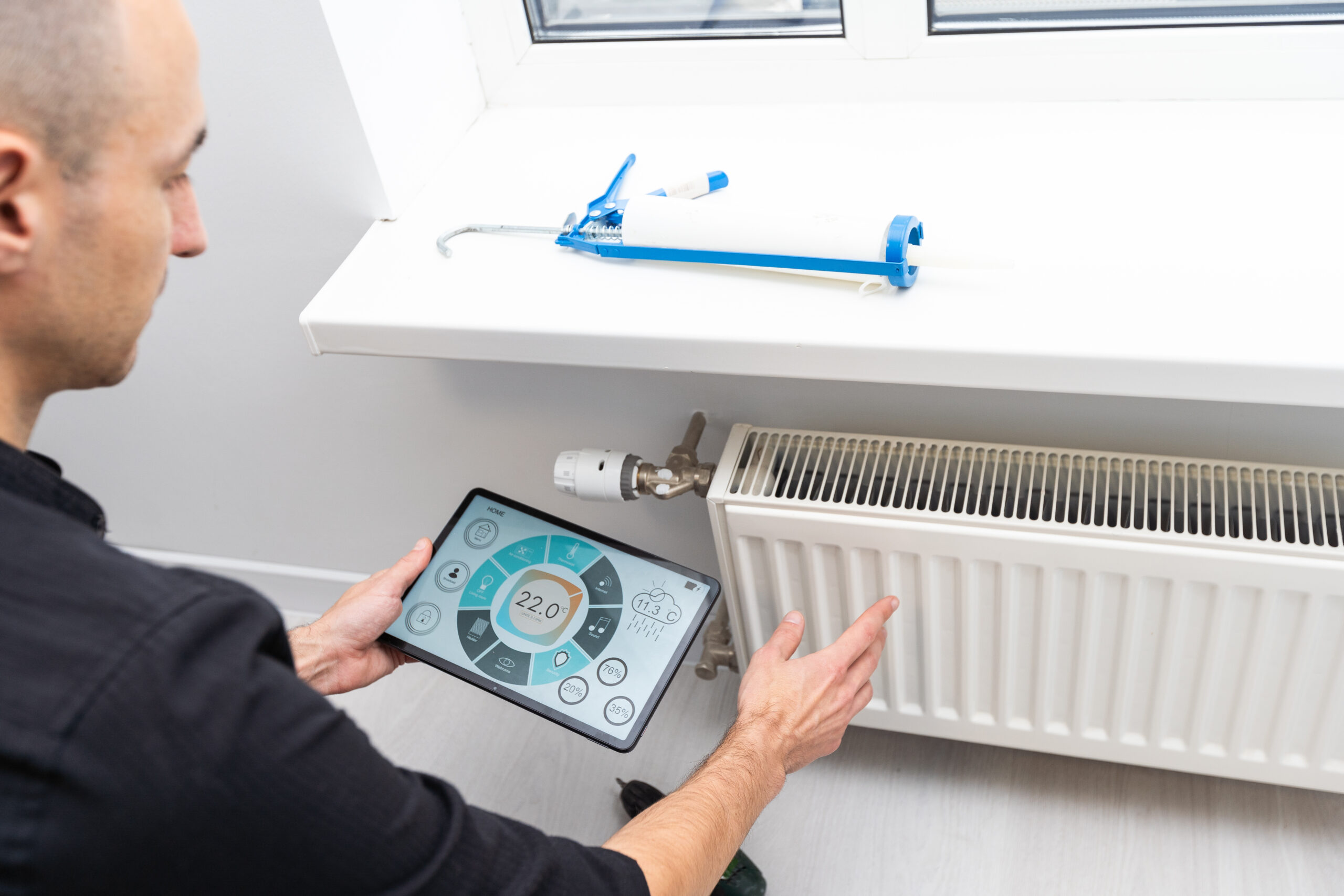A Behind-the-Scenes Look at the Tools of the Trade
1. Moisture Detection Devices
Why They Matter: Moisture is the root cause of many complications following a flood or leak. Hidden moisture (behind walls, under floorboards) can lead to mold growth, structural damage, or electrical hazards if left untreated.
Common Tools:
- Moisture Meters: These are handheld devices that measure the amount of water in materials like drywall, flooring, or wood.
- Infrared Cameras: By capturing temperature differences, infrared imaging helps us detect cold (or damp) spots where moisture may be accumulating unseen.
Prime Recover Tip: Early detection of hidden moisture saves property owners significant time and money by preventing future problems like mold infestations.
2. Industrial-Grade Dehumidifiers
Why They Matter: After a flood or other water-related disaster, simply removing standing water isn’t enough. Residual moisture left in the air, walls, and subfloor can continue to cause damage.
Common Types:
- Low-Grain Refrigerant (LGR) Dehumidifiers: Designed to rapidly pull moisture from the air, these systems work even in cooler, more humid conditions.
- Desiccant Dehumidifiers: Typically used in large, enclosed spaces or cold environments. They use a chemical desiccant (like silica gel) to absorb moisture.
Prime Recover Tip: The correct size and type of dehumidifier depends on factors like room volume, ambient temperature, and the degree of saturation in building materials.
3. Air Movers & Axial Fans
Why They Matter: Once standing water is removed, drying is crucial. Air movers (or “blowers”) speed up evaporation by directing airflow across damp surfaces.
Common Types:
- Centrifugal Air Movers: Ideal for targeted airflow in challenging spots like corners or under cabinets.
- Axial Fans: Capable of high-volume airflow, making them perfect for larger areas.
Prime Recover Tip: The right arrangement of air movers and dehumidifiers creates a coordinated system that draws moisture away from wet surfaces and out of the building.
4. HEPA Air Scrubbers & Negative Air Machines
Why They Matter: Mold spores, smoke particles, and other airborne contaminants can pose serious health risks. High-Efficiency Particulate Air (HEPA) filters capture these microscopic particles before they spread.
Key Features:
- Multi-Stage Filtration: These machines often include activated carbon filters (for odor removal) and pre-filters (for larger debris).
- Negative Air Pressure Capability: In sensitive projects (like mold remediation), the machine can pull air from the affected area, filtering it before venting it outside. This setup helps prevent cross-contamination in the rest of the building.
Prime Recover Tip: Investing in advanced air purification not only speeds up a safe cleanup but also protects your family, employees, or customers from harmful airborne particles.
5. Decontamination & Disinfection Equipment
Why They Matter: Water from floods or sewer backups can introduce bacteria, viruses, and other pathogens into your property, while fire damage often leaves behind soot and other harmful residues.
Common Tools:
- ULV (Ultra Low Volume) Foggers: These devices disperse sanitizing agents in a fine mist, effectively reaching nooks and crannies.
- Electrostatic Sprayers: By charging disinfectant particles, they ensure even coverage on surfaces.
- Heat & Thermal Foggers: Used to break down smoke particles and eliminate odors on a molecular level, especially after fire damage.
Prime Recover Tip: Not all disinfectants are created equal. We use EPA-registered products to ensure the most thorough decontamination while keeping safety a top priority.
6. Personal Protective Equipment (PPE)
Why They Matter: The health and safety of both our crew and property occupants are top priorities. Proper PPE helps prevent exposure to mold spores, chemicals, or other hazardous materials.
Essential PPE:
- Respirators & Face Masks: Often equipped with HEPA or organic vapor filters, depending on the project.
- Protective Suits & Gloves: Typically made of impermeable materials like Tyvek® to shield skin from contaminants.
- Goggles & Face Shields: Safeguard eyes from splashes, debris, or airborne particles.
Prime Recover Tip: PPE isn’t just for show; it’s a non-negotiable element of responsible remediation. Our professionals follow strict protocols to maintain safety standards on every job.
7. Extraction & Pumping Gear
Why They Matter: When dealing with standing water (whether from floods or burst pipes), high-capacity extraction equipment is essential to remove the bulk of the water as quickly as possible.
Equipment Types:
- Submersible Pumps: Ideal for deep water removal in basements or other large areas.
- Truck-Mounted Extractors: Provide strong suction, making them useful for removing water from carpets, furniture, and other porous materials.
- Portable Extraction Units: Handy for spaces that are tough to access with larger equipment.
Prime Recover Tip: The faster water is extracted, the lower the chance of ongoing damage or mold growth. Speed is everything in water-related disasters.
8. Specialized Tools for Fire & Smoke Damage
Why They Matter: Fire damage often includes soot, charred debris, and lingering odors. Specialized tools help us handle these issues effectively.
Key Equipment:
- Soda Blasters or Dry Ice Blasters: Non-abrasive blasting methods that remove soot or char from surfaces without damaging the underlying material.
- Ozone Generators: Deployed carefully to neutralize persistent smoke odors at the molecular level.
- Charcoal Filters: Used in air scrubbers to absorb strong odors during the remediation process.
Prime Recover Tip: After fires, professional soot removal is critical. Soot can be corrosive and leave permanent stains or etching on surfaces if not dealt with promptly.
9. Inspection & Monitoring Instruments
Why They Matter: Restoration is an ongoing process, and monitoring is key to measuring progress and adjusting tactics.
Common Devices:
- Thermal Hygrometers: Measure both temperature and relative humidity, providing real-time insight into drying effectiveness.
- Particle Counters: Used in air quality monitoring to track the presence of contaminants.
- Borescopes: Miniature cameras that allow us to inspect inside walls or ductwork without demolishing large areas.
Prime Recover Tip: Tracking humidity levels and overall progress helps us confirm that each step in the restoration is working as planned, ensuring we don’t miss hidden moisture or contamination.
10. Software & Digital Tools
Why They Matter: Modern remediation involves more than just physical tools. Accurate record-keeping and efficient communication are essential for a smooth process.
Examples:
- Project Management Software: Maintains schedules, assigns tasks, and provides updates to both our team and clients.
- Moisture Mapping Apps: Digitally document and track moisture readings, creating a clear record for insurance claims and quality assurance.
- Remote Monitoring Systems: Some setups allow us to track real-time conditions on-site, even when we’re not physically present.
Prime Recover Tip: Digital tracking helps ensure that no aspect of your restoration project is overlooked. It also makes insurance and compliance documentation more straightforward.
Georgia Home Flood Damage Restoration
Professional remediation demands professional tools—and knowing which ones best suit each unique scenario is a core part of the Prime Recover difference. From moisture meters and industrial dehumidifiers to specialized blasting equipment for soot removal, our arsenal of technology enables us to tackle complex disasters with efficiency, precision, and care.
When you trust Prime Recover, you’re not only getting top-tier equipment—you’re also partnering with experts who know how to wield these tools to bring your home or business back to its pre-disaster condition. Our job isn’t finished until we’ve restored both your property and your peace of mind.



